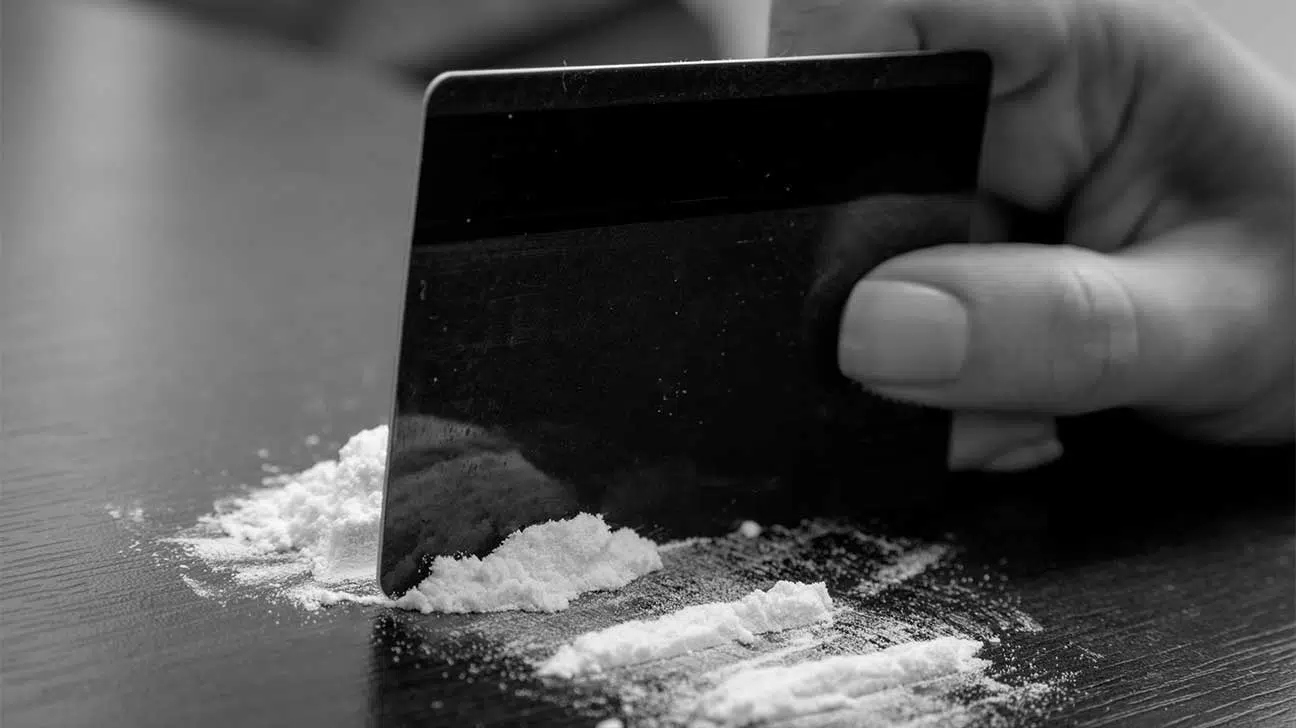Heroin Vs. Crack: What’s The Difference?
Heroin and crack cocaine are both drugs of abuse that can have very serious health consequences. However, the ways in which these drugs affect the body and brain are very different.

Drug addiction can present itself in many ways depending on the person experiencing it. One key factor that determines its presentation is the type of substance or substances being abused.
Heroin and crack cocaine are both commonly used illicit substances, but they can have very different effects on the bodies and minds of the people using them.
Read on to learn the differences between heroin addiction and crack cocaine abuse.
Differences Between Crack Cocaine And Heroin
Everything from the primary method of ingestion, to the side effects and the impacts on the body and mind are different when it comes to abusing heroin or crack cocaine.
Sedative Vs. Stimulant
Heroin is an opiate sedative. Like other opioids of abuse, it is derived from morphine, a natural substance that comes from poppy plants. It gives a feeling of euphoria as well as a calming, sedating effect.
In contrast, crack cocaine is a crystalline form of cocaine, a stimulant amphetamine drug. It comes from the coca plant and creates a sense of energy and alertness in addition to euphoria.
Different Methods Of Use
As with most addictive substances, there are many ways that these two drugs can be used.
However, the most common method of heroin use is injecting. The most common method of use for crack cocaine is smoking.
Heroin injection is favored over other forms due to the speed at which the effects are felt. This is usually when the drug is in the form of a clear liquid.
Smoking crack is often done in a small glass pipe. This is distinct from other forms of cocaine (for example, powder cocaine is often snorted).
Different Side Effects
While there are a few similar side effects between these two substances (such as heart problems), on the whole, they affect people very differently.
Heroin use can produce side effects such as:
- drowsiness
- decreased breathing
- flushed skin
- itchiness
- heavy feeling in limbs
- difficulty concentrating
- “going on the nod,” or slipping back and forth between states of consciousness and unconsciousness
Crack cocaine use tends to:
- create hypersensitivity to light, sound, and touch
- increase blood pressure and heart rate
- dilate pupils (referred to as “high eyes”)
- decrease appetite
- increase anxiety and paranoia
- increase breathing rate
Similarities Between Crack Cocaine And Heroin
Heroin and crack cocaine do have a few aspects in common.
Read on to learn about the ways in which they are similar to each other.
Addictive Substances
Heroin and crack cocaine are both some of the most addictive substances currently on the market.
Use of either of these substances can cause strong cravings for the drug, and can quickly lead to addiction.
You can quickly build a tolerance to crack or heroin, meaning that you will need more and more to feel the same way you did the first time you used it.
Cutting Agents
Like many other illicit drugs, both crack cocaine and heroin are often mixed with other substances to either dilute the drug being sold or enhance the effects.
Heroin is typically cut with starch, talcum powder, laundry detergent, pain killers, or rat poison.
Additives such as powdered milk, powdered sugar, or baking soda may be added during the creation process for crack cocaine.
According to the U.S. Drug Enforcement Administration (DEA) and other criminal justice organizations, crack can be laced with levamisole, a cattle dewormer that causes health problems.
Speedballing: Mixing Heroin And Cocaine
Speedball is the street name for heroin and cocaine used at the same time. Mixing two or more substances like this is called polysubstance abuse.
Many people who engage in this form of drug abuse believe that the two drugs will counteract each other, but this is not the case.
Speedballing increases the effects of both drugs, increasing the chance of overdose.
Heroin Addiction Treatment Programs Near You
No matter the type of drug use, Spring Hill Recovery Center offers physical and mental health treatment services that can help you or a loved one achieve sobriety.
Reach out to us via our helpline today to see what detox treatments, behavioral health services, and more are available to treat heroin or crack cocaine addiction.
- National Institute of Health (NIH) | National Center for Biotechnology Information (NCBI) — Levamisole: A High Performance Cutting Agent https://www.ncbi.nlm.nih.gov/pmc/articles/PMC6474566/
- National Institute of Health (NIH) | National Institute on Drug Abuse (NIDA) — Cocaine DrugFacts https://nida.nih.gov/publications/drugfacts/cocaine
- National Institute of Health (NIH) | National Institute on Drug Abuse (NIDA) — Heroin DrugFacts https://nida.nih.gov/publications/drugfacts/heroin


